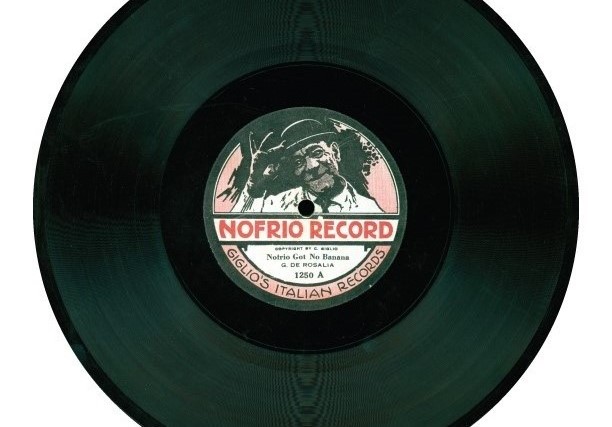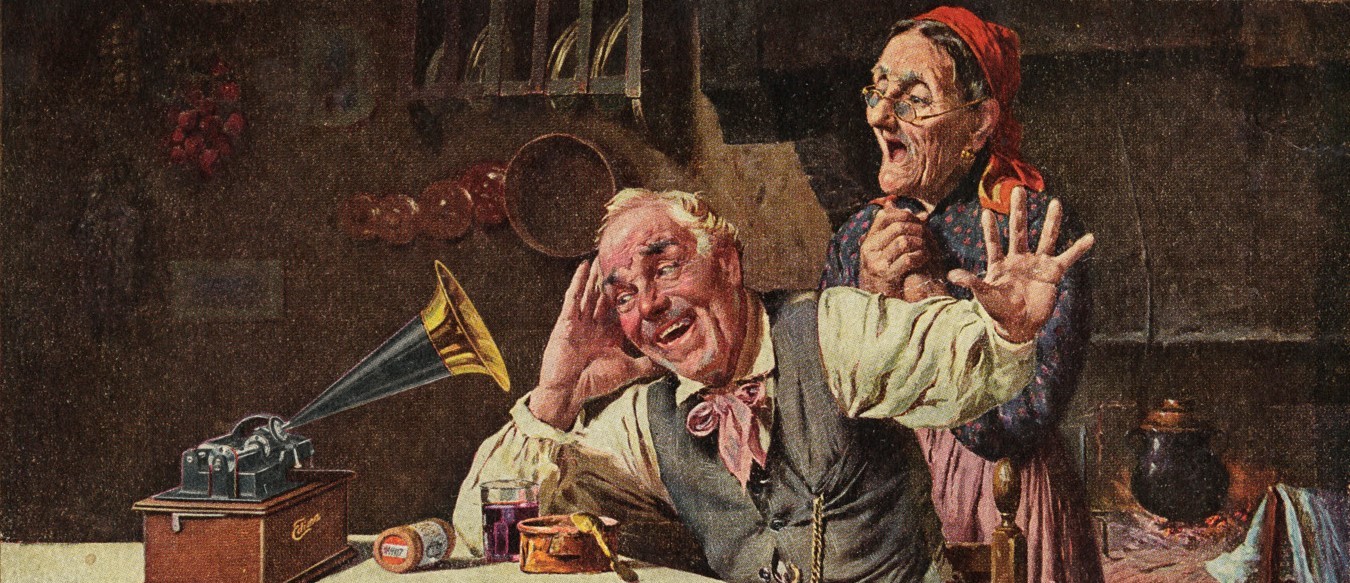
Book Summary
A Summary of Crank Up the Phonograph.
An academic work by Eric Byron

A Summary of Crank Up the Phonograph.

My Fascination with Early Phonographs and Sound Recordings.

Press coverage of my invention, "Big Horn".

A list of recommended readings with similar content.

A collection of early historical recordings.

A Summary of the Book
The America of the late nineteenth and early twentieth centuries was very different from our world. Race and people were interchangeable concepts as the post-1903 steamship manifests clearly demonstrate. Below the column headed “race or people” one sees Hebrews, Italians, Germans, and Poles, among many others. In fact, the word ethnicity did not exist in the 1900’s Webster dictionary. The Dictionary defined “ethnic” as “heathen” or “pagan.”1
Concepts pertaining to race and ethnicity have changed continually from that time to the present. However, unlike today, what people thought, they said, and a significant portion of what they said became part of the skits and songs on phonograph records.
The limited playing time of a record, often no more than four minutes and usually between two and three minutes, greatly determined content. Words/phrases needed to be quickly understood by the listener. Recording artists would generate stereotypical associations with these linguistic units. The more success an artist had with making records, the more likely this person could use fewer and fewer words. The listener already knew what to expect, the meaning of the words and phrases from their earlier work. And since artists did not live in a cultural vacuum, they tended to incorporate material other artists employed. In summary, a recording language, or perhaps languages, developed that featured easily understood units. Of course, to be successful, the work also had to contain novelty or at least a reworking of the mundane.